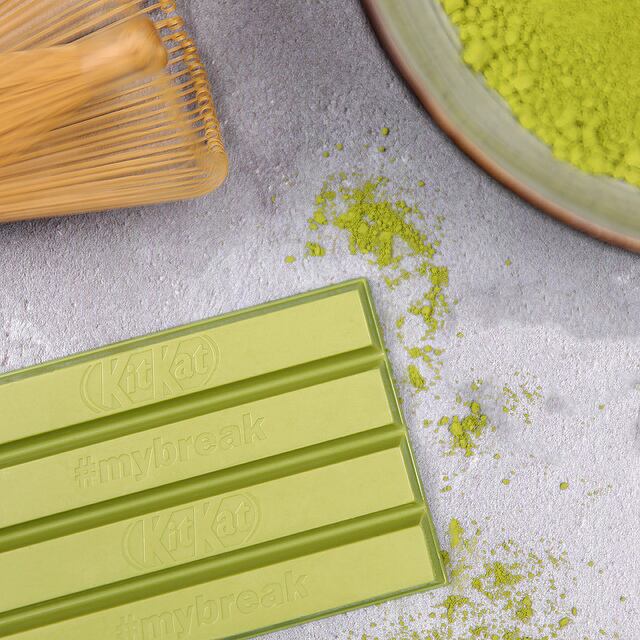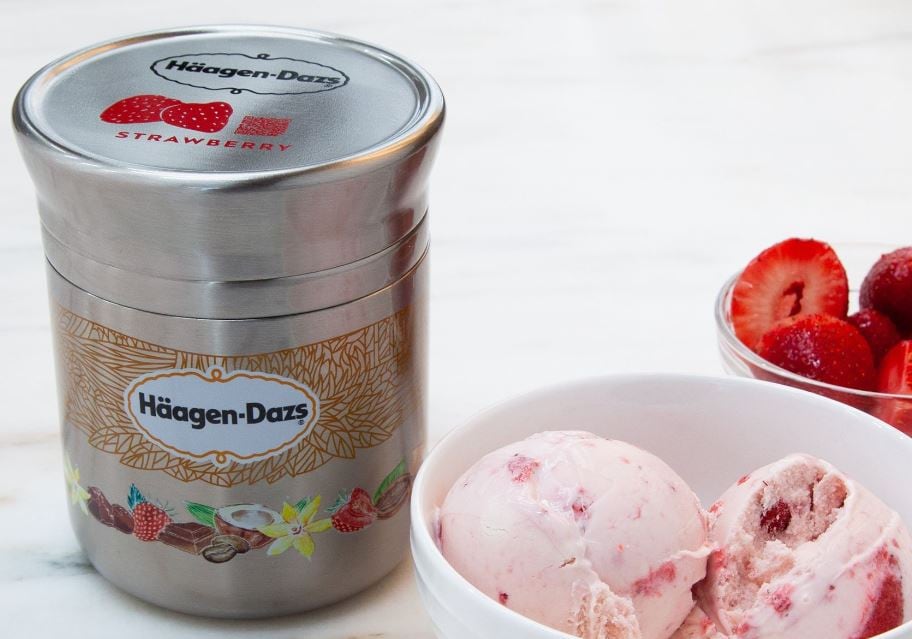“It is the most beloved chocolate brand for the Japanese consumer and tourists visiting Japan,” Yuji Takeuchi, confectionery marketing manager at Nestlé Japan, explained.
This success can be attributed to three key pillars, Takeuchi believes. Firstly, KitKat is fortunate to have a similar pronunciation to "kitto katsu", a Japanese expression meaning good luck, or literally translated “surely win”. This has given KitKat an “emotional value” in Japan and bars are commonly given to “cheer” the recipient, the marketing executive explained.
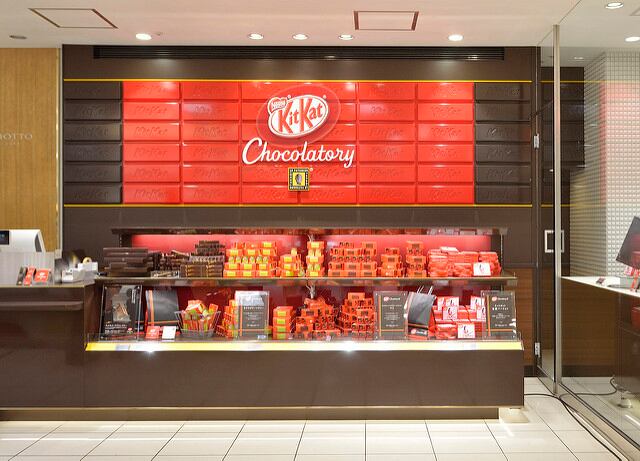
KitKat has therefore been able to touch a number of consumption occasions, from an everyday treat to gifting. This has been supported by Nestlé’s move to open KitKat Chocolatory, KitKat shops that are driving the premiumisation of the entire range, Takeuchi said.
Flavour innovation has also been crucial to KitKat’s iconic status in Japan. The story began almost two decades ago when the company rolled out its first KitKat flavour innovation: strawberry. The idea was rooted in Japanese culinary culture, which celebrates seasonality and local produce. “Japanese consumers like new products. They really like variety,” Takeuchi explained.
Since 2000, its local team has introduced a broad range of flavours – more than 350 – that have excited Japanese consumers and tourists alike. In 2004, Nestlé developed a new technology that allowed it to mix matcha powder into chocolate and a “huge hit”, KitKat Uji Matcha, was born.
Bringing Green Tea Matcha KitKat to Europe
Speaking from Kobe, Japan, Takeuchi said that he expects great things from the international roll out. “Launching KitKat Green Tea Matcha in Europe and other countries is a very good opportunity for people to feed on real Japanese culture,” he suggested. “I think that is a very wonderful saturation model for Matcha, which will gain popularity throughout the world.”
Alexander von Maillot, Nestlé’s global head of confectionery, shares a level of “excitement” for the launch – which, he said, comes in response to rising interest from consumers, retailers and the media in Europe.
The team in Japan have successfully brought KitKat “into a new dimension” through their strong innovation pipeline and Nestlé now plans to bring these “exciting flavours, exotc flavours [and] from the European perspective creative flavours” to consumers in the region, he continued.
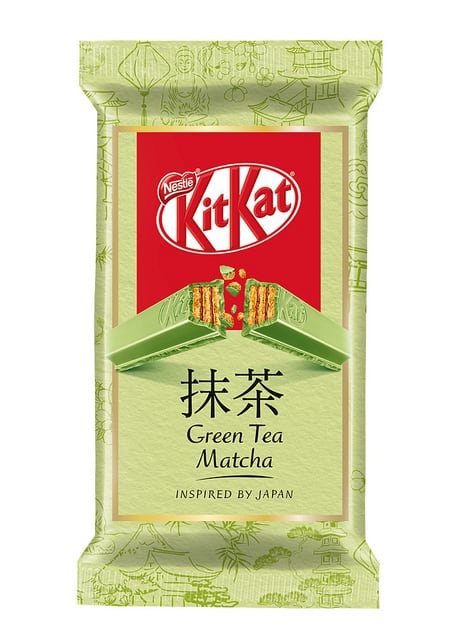
In particular, von Maillot believes the unusual green colour of the product – as well as its distinctive taste – feed into emerging consumer expectations around experiential products.
“Nowadays with Generation Z you don’t only need great tasting products you need great looking products. You need products that are Instagramable,” he said comparing the launch to the successful rollout of the pink KitKat Ruby.
“Why do we from an original milk chocolate KitKat... start to talk about Ruby last year and now Matcha? Because consumers today are much more interested in tasting new flavours, following new trends, getting new experiences and getting into different taste dimensions.”
The European SKU has a taste profile adapted for European preferences. It combines white chocolate with 1% matcha green tea powder, cocoa butter, plant based fats – palm and shea butter - and cocoa mass to deliver a "smooth" taste.
Improving speed to market
According to von Maillot, global confectionery sales increased 3% last year, excluding the divested US business. This compares to 9% growth for KitKat, which was “strongly outperforming” the overall market.
“We believe we can continue this,” von Maillot predicted. “We will continue growing in the high single digits with KitKat.”
The company believes that KitKat still has a strong runway for growth - and innovation is central to its strategy. Responding to the fast-pace of consumer demands, Nestlé has emphasised its ambition to bring innovations to market faster.
Von Maillot said that the development of KitKat Ruby – which was produced after the 2017 introduction of ruby cocoa by supplier Barry Callebaut – is a good case in point.
“We want to be much speedier and faster to satisfy the consumer demand,” the confectionery head revealed. “Speed for us is key. If you look at Ruby… from the first contact with Barry Callebaut to hitting the market it took six months. I remember as a young marketer if I said six months for a product to hit the market, probably, I would have been fired. Everyone said it was 18 months at least.”
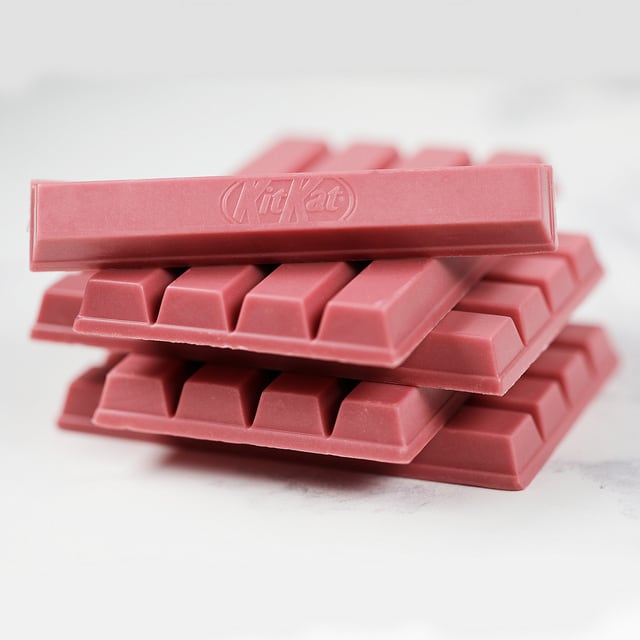
Moving forward, Nestlé intends to place more focus on its local and regional innovation efforts.
“We may have been a bit shy in the past to share proudly what we do. We have a lot of great innovations locally. What you will see in the months and years to come, we will share more across the different geographies.”
Could that mean more Japanese flavour innovation will become available in Europe? Certainly, while Nestlé is “not making any commitments”, the group is “watching how European consumers react” to the new line.
Complexity not a concern
As the Swiss Maggi-to-Milo manufacturer sets its sights on innovation, von Maillot is unconcerned that an increasingly complex portfolio could have a negative impact on production costs.
“It is always a challenge but if you want to excite consumers you need to find ways to offset these extra costs…. You cannot [shy away from] complexity,” he told FoodNavigator.
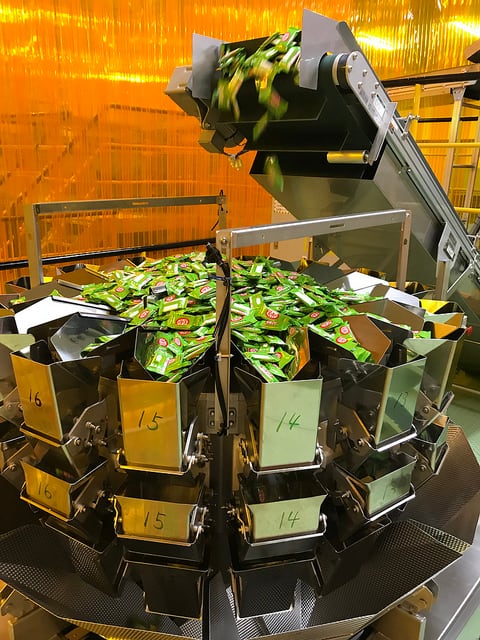
One way the company is managing this is to produce the KitKat Green Tea Matcha SKU at a single production site in Hamburg, Germany, from where products will be distributed to the rest of Europe.
The company, which set an operating margin target of 17.5-18.5% by 2020, reported a 30 basis point increase in trading operating margin for fiscal 2018 last week. CEO Mark Schneider struck an up-beat note on the short- and medium-term outlook for margin improvement.
According to MainFirst analyst and CEO Alain Oberhuber, this is likely to reflect capacity utilisation and a more “flexible” approach to production, particularly in confectionery.
“The company wants to become more flexible in its processes. This is a trend we expect mainly for the confectionery production process, which could even result in more outsourcing… as chocolate production is capital intensive. The outsourcing would benefit Nestlé's processes and improve its returns,” he suggested.
While Nestlé declined to comment on this speculation, von Maillot was quick to stress that KitKat is made through an IP-protected process. “We produce KitKat ourselves it is a proprietary technology which we are proud to own and have developed and therefore we do it ourselves.”
KitKat Green Tea Matcha will initially rollout in Germany, the Netherlands and the UK this month, before being introduced to additional European markets.

